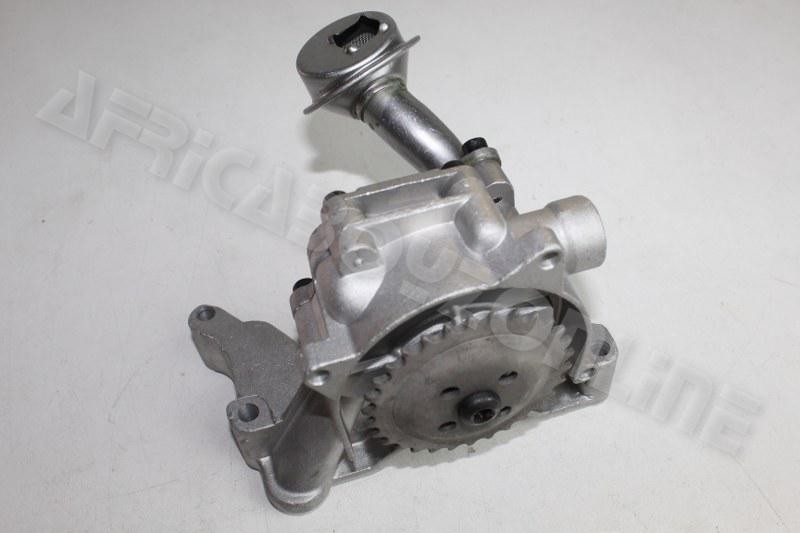Exactly How a Clp Engine Can Enhance Effectiveness in Different Industries
The development of CLP engines marks a significant change in operational effectiveness throughout different markets, driven by their capacity to enhance fuel consumption and decrease downtime. As organizations significantly prioritize sustainability along with effectiveness, the role of CLP engines becomes even more important.
Review of CLP Engines
CLP engines, or Continuous Liquid Propellant engines, stand for a significant advancement in propulsion innovation, particularly for area applications. These engines make use of a continuous feed system that permits the continual expulsion of propellant, causing boosted effectiveness and efficiency contrasted to traditional solid or hybrid propulsion systems. By maintaining a constant flow of liquid propellant, CLP engines can achieve more precise thrust control, which is crucial for steering spacecraft in different mission circumstances.
The style of CLP engines incorporates advanced products and cutting-edge gas management systems. clp engine. This leads to reduced weight and enhanced dependability, necessary variables for long-duration area missions. Furthermore, the constant procedure decreases the danger of burning instability, an usual challenge in conventional rocket engines.

Advantages in Production
The production of Constant Liquid Propellant (CLP) engines presents a number of remarkable advantages that boost both efficiency and cost-effectiveness. One of the main advantages is the structured production process, which reduces the complexity associated with conventional propulsion systems. By utilizing fluid propellant, suppliers can accomplish higher precision in engine efficiency, bring about optimized power result and lowered waste.
Additionally, CLP engines facilitate a greater degree of modularity, permitting less complicated assimilation into numerous production lines. This flexibility can considerably decrease preparations and improve total operational adaptability. Making use of CLP innovation also tends to minimize the need for extensive upkeep due to less relocating components, which equates into lowered downtime and functional expenses.

Applications in Logistics
Leveraging Constant Liquid Propellant (CLP) engines in logistics offers considerable advantages in functional effectiveness and integrity. These engines give a robust remedy for different transportation needs, making it possible for the smooth activity of goods across huge distances. The inherent design of CLP engines enables constant power outcome, which equates into smoother and more foreseeable transport routines.
Among the vital applications of CLP engines in logistics is in sturdy freight transportation, where they can drive both ground and aerial cars. Their capability to maintain high performance click to read under differing lots conditions guarantees that distribution timelines are fulfilled, thus improving consumer fulfillment. Furthermore, CLP engines can be integrated right into automated logistics systems, promoting real-time monitoring and enhancing course planning.
Moreover, the toughness of CLP engines lowers maintenance downtime, permitting logistics firms to optimize their operational capabilities. This is particularly beneficial in warehousing procedures, where efficiency in dealing with and moving products is important. As logistics remains to progress, the integration of CLP engines stands for a forward-thinking technique that not just boosts performance but also sustains the market's growing demands for integrity and rate.
Influence On Power Performance
Exactly How do Constant Liquid Propellant (CLP) engines boost energy performance in transportation? CLP engines use a regular circulation of fluid fuel, enhancing combustion processes and maintaining a secure thrust output. This style minimizes power losses connected with typical combustion engines, where fuel delivery can vary and result in inefficiencies.
The continuous operation of CLP engines permits a much more reliable thermal cycle, causing greater details impulse compared to traditional engines. clp engine. This equates to decreased fuel intake for the very same quantity of job done, dramatically reducing functional prices across different transport fields, including aeronautics and maritime markets
Additionally, the capacity of CLP engines to maintain optimal efficiency under differing load problems reduces the demand for regular velocity and deceleration, better boosting gas effectiveness. Improved energy performance not just contributes to set you back financial savings however additionally results in decrease greenhouse gas discharges, lining up with global sustainability objectives.
Future Trends and Innovations
Emerging advancements in Continual Fluid Propellant (CLP) engine technology promise to transform the landscape of transportation performance and sustainability. As markets pivot toward greener choices, CLP engines stand at the forefront, incorporating cutting-edge materials and design methodologies that boost performance while lessening ecological impact.
One of one of the most promising fads is the adoption of hybrid systems that integrate CLP engines with renewable resource sources. This harmony can enhance fuel intake and reduce discharges, aligning with global sustainability objectives. Improvements in computational fluid characteristics (CFD) are helping with the design of see page even more aerodynamically efficient engines, leading to minimized drag and improved fuel efficiency.
Furthermore, the advancement of clever monitoring systems is established to enhance functional efficiencies. These systems take advantage of data analytics and IoT innovation to enhance engine performance in real-time, making certain that the engines run within their most reliable go criteria.
As study remains to explore different propellant solutions-- such as biofuels and artificial fuels-- the future of CLP engines looks appealing. By using these technologies, industries can not just enhance their performance however likewise contribute considerably to a cleaner, extra sustainable future in transport.
Final Thought
In verdict, CLP engines stand for a considerable innovation in performance throughout numerous industries. Their capability to maximize gas usage and reduce functional costs, incorporated with a continuous feed system, improves power output and functional reliability. The combination of advanced products and less moving parts minimizes upkeep demands, while placement with sustainability objectives positions CLP engines as a critical innovation for the future. Proceeded advancement in this area assures further improvements in efficiency and environmental performance.